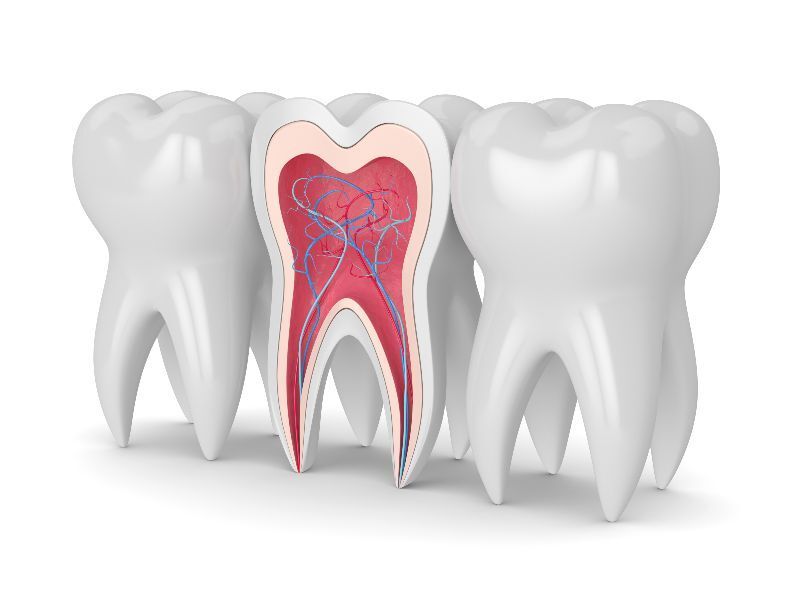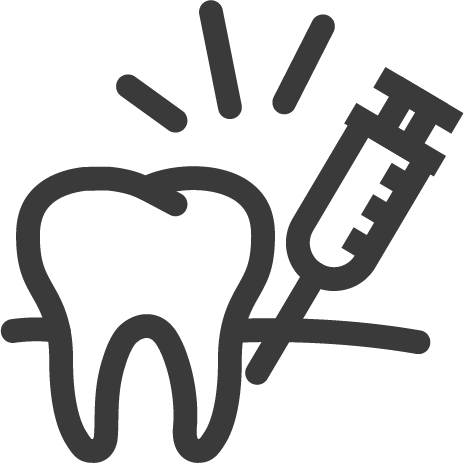Periodontics In Dallas
What Is Periodontal Care?
Gum disease is more common than one might expect. If left untreated, patients struggling with it can risk developing additional problems, including tooth loss. While early gum infections are reversible, more advanced stages of periodontitis require more advanced and frequent treatment. At Lakewood Dental Studio,
Dr. Leisa Robotham suggests periodontic services based on medical history and gum disease symptoms present.

READY FOR YOUR APPOINTMENT?
What To Expect During A Periodontal Care Visit
Comprehensive Exam
As part of a regular dental check-up, we look at the teeth, gums, and rest of the mouth. We’ll measure gum pockets and look for signs of gum disease, including light bleeding or swelling.
Any Necessary X-Rays
As gum disease worsens, damage can spread from the gum tissue to the supporting ligaments, teeth, and jawbone. Since your hard tissues (teeth and jawbone) are at risk when periodontal disease hits, Dr. Robotham might recommend an x-ray to inspect your oral health status further.
Personalized Treatment Plan
Based on information gathered in the comprehensive exam and x-rays, we’ll create a customized treatment plan based on your budget, lifestyle, and needs. Depending on your symptoms, this might include a few rounds of scaling and root planing to replacing teeth with a dental bridge.
Schedule Follow-Up Appointment
While gingivitis is reversible through gum therapy and periodontal cleaning, those suffering from periodontitis require constant monitoring. For those with periodontal disease, we usually recommend scheduling deep cleaning sessions every three to four months, depending on your unique needs. Although the effects of more advanced periodontitis are irreversible, deep cleanings, scaling, and root planing can stop gum disease in its tracks and help preserve your oral well-being.
Exam & X-Rays
Before you undergo any treatment, your dentist will examine your mouth and review any x-rays or other images to diagnose the cause of your toothache. If the cause turns out to be a tooth infection, your doctor will determine the extent of the damage and decide if root canal therapy can treat the problem.
Local Anesthesia & Sedation Options
To start things off, your dentist will clean and numb the treatment site, all the way down to the including the nerves with local anesthesia. If you would like to be sedated during the procedure, your doctor will help you decide what kind of sedation will be best for you.
Removing Decay & Infected Pulp
Once the treatment area is sufficiently numb, your dentist will begin removing any decayed material beginning with the enamel. They will continue towards the center of the tooth, and clear any infected pulp from inside the tooth. Once the interior of the tooth’s canals have been thoroughly cleaned, the area is flushed with disinfectant to eliminate any remaining bacteria.
Filling The Root Canals
To fill the space left by the decayed material, the interior of the tooth will be filled with “gutta-percha,” an inert, rubber-like material that supports the inside of the tooth to maintain its structure.
Sealing Or Capping The Tooth
Depending on how much enamel was removed during the procedure, the appearance and function of the tooth will be restored with either a filling or a dental crown.
Stages and Signs of Gum Disease
GINGIVITIS
Sadly, the signs of gingivitis often go unnoticed. Some key gingivitis symptoms include bad breath, bleeding gums when brushing, and puffy or swollen gums.
PERIODONTAL DISEASE
Left unattended, gingivitis worsens into periodontal disease. The gums begin loosening the bond between teeth and gums, leading to receding gumlines, painful inflammation, and bleeding. Worse yet, bacteria start breeding in wider pockets of tissue decay, creating even more oral hygiene complications!
In a posterior root canal, an opening is made in the crown, or top, of the infected tooth, which provides easy access to the interior pulp and root canals. Once the inside of the tooth has been cleared of bacteria and decay, the tooth will be restored with a filling or a dental crown.
ADVANCED PERIODONTAL DISEASE
Periodontal disease can take a painful turn. As the condition progresses, your teeth may shift around in their sockets as pockets become deeper and bacteria spread further below the gumline. With jaw movements coming with intense pain beyond what was experienced before, it's essential to treat this stage of gum disease or risk losing more than just comfort, but part of your smile too!

Did You Know…
About 47.2% of individuals 30 years and older have some form of gum disease (and the likelihood of developing gum disease increases with age). The Centers for Disease Control and Prevention (CDC) report that 70.1% of adults aged 65 and older have periodontal disease.
THINK YOU MAY NEED A ROOT CANAL?
Have Questions About Periodontic Services? Find Answers Here.
-
I think I have gingivitis. What should I do?
If you have gingivitis, staying on top of your regular cleanings, checkups, and at-home care will help you to regain control over your oral health before it becomes irreversible. Still, we typically suggest scaling and root planing for gingivitis treatment.
-
What is the main cause of gum disease?
Your smile is important, so don't let pesky plaque take it away! Keep that grin sparkly and happy by making sure to brush your teeth daily as well as floss in between them. That way, you can stay one step ahead of gum disease - the dreaded result of not keeping those pearly whites squeaky clean.
-
What are the signs and symptoms of gum disease?
- Red, swollen, or tender gums.
- Bleeding gums.
- Gums that have moved away or downward from your teeth.
- Loose or sensitive teeth.
- Painful chewing.
- Any change in the way your teeth fit together when biting.
- Any change in how well your partial denture fits.

Did You Know…
Periodontal disease is more prevalent in men (56.4%) than women (38.4%).
READY FOR YOUR NEXT DENTAL APPOINTMENT?
WE ARE SO GLAD YOU FOUND US HERE IN DALLAS
Let’s Stay In Touch!
Business Hours
- Monday
- Closed
- Tuesday
- -
- Wednesday
- -
- Thursday
- -
- Friday
- -
- Saturday
- Closed
- Sunday
- Closed
All Rights Reserved | Lakewood Dental Studio
Website built by Energize Group | Privacy Policy






